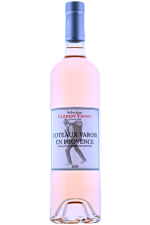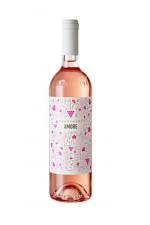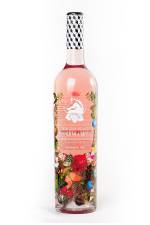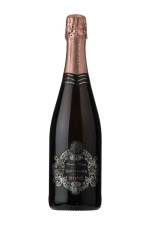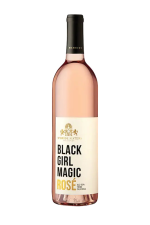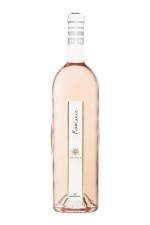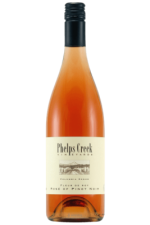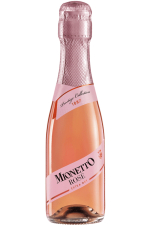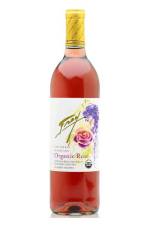The color of rosé wine usually ranges from pink orange to almost purple, similar to red wines, and depends on the production techniques. There are three major ways to make rosé wine: skin contact, blending and saignée (that’s just a fancy French word that means bleeding, but we had to use it to impress you, and show you that we actually know what we are talking about). When rose wine is made with the skin contact method, dark grape skins are left in contact with the pulp from 1 to 3 days after the grapes were crushed, and then discarded, so that fermentation can occur without them. Bleeding assumes removal of some of the juice at an early stage of the process of making red wine, resulting in higher concentration of tannins in the vats and more intense color. The removed pink juice is then fermented separately to produce rosé. The last method – blending is the least desirable technique, which actually is forbidden in France, and involves mixing together red and white wine to achieve rose color.

